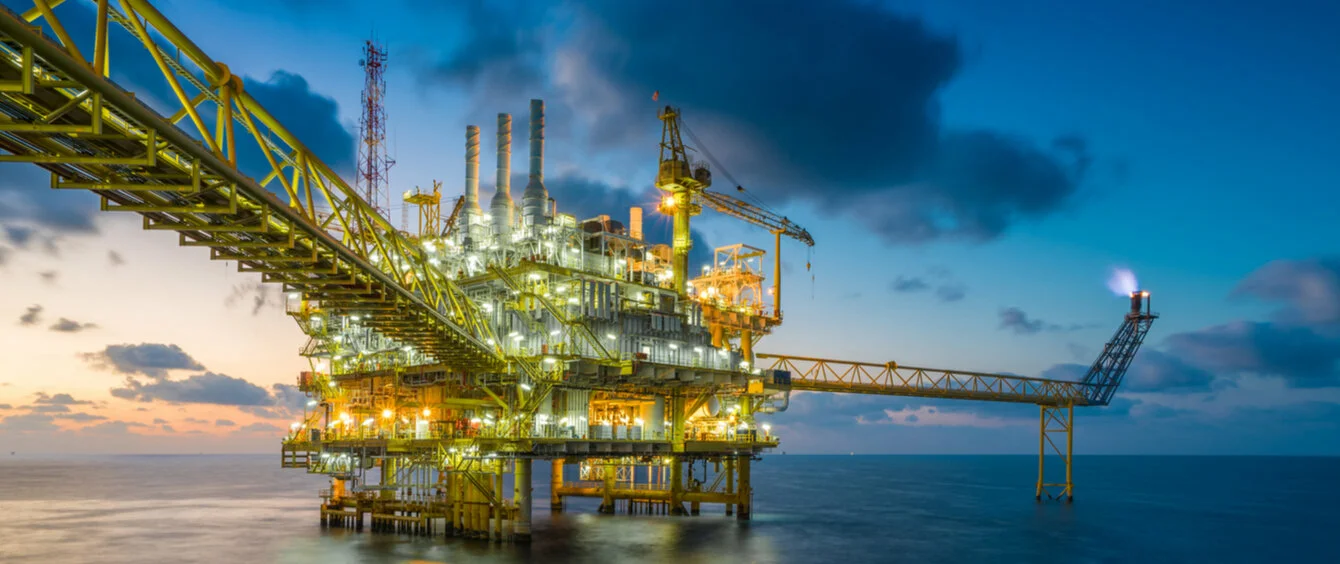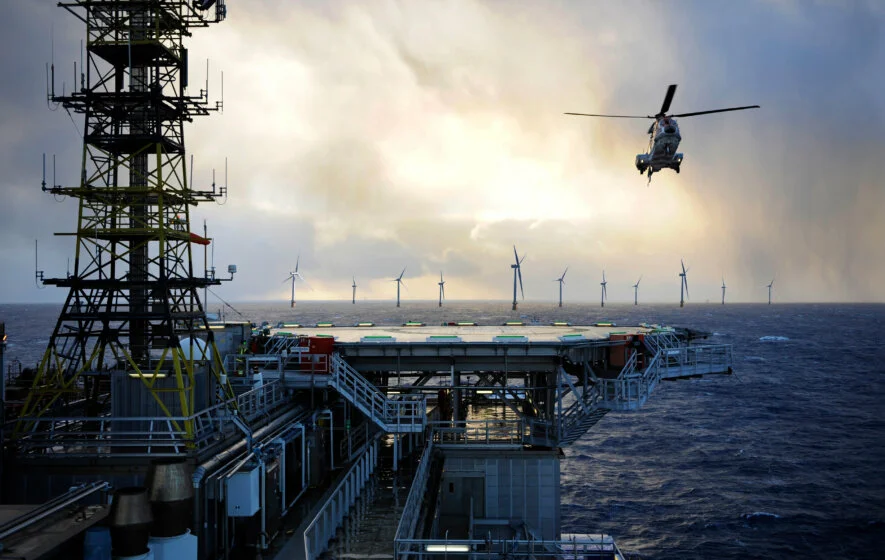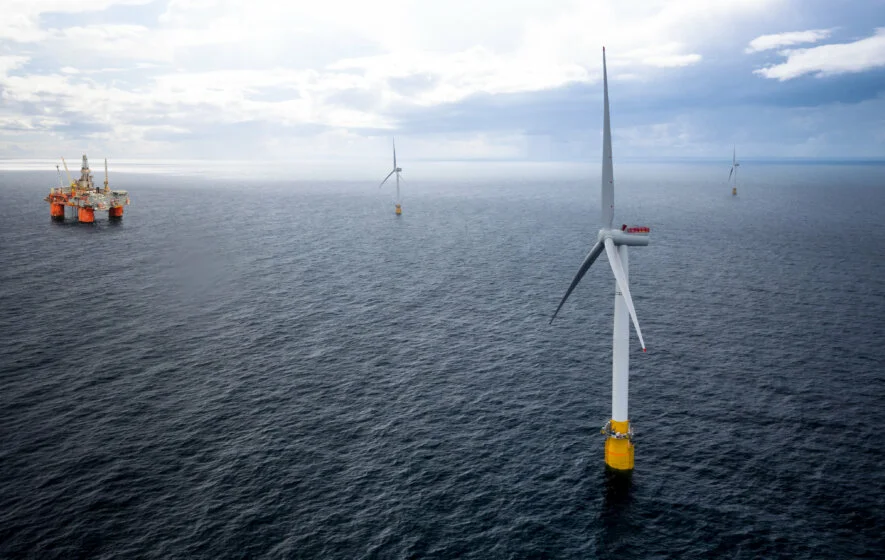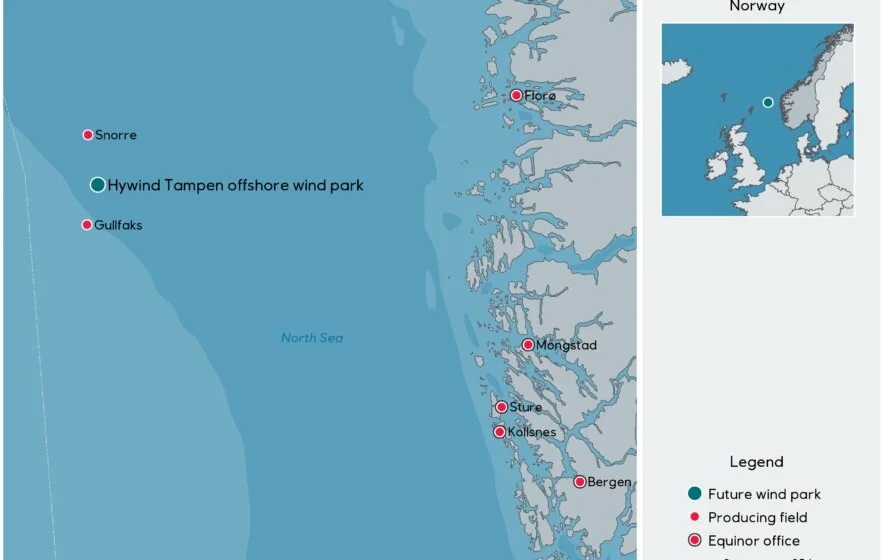Natural gas is both friend and foe in the fight against climate change. Where it displaces coal in power generation it reduces overall life-cycle greenhouse gas (GHG) emissions by about half. This can have hugely beneficial effects in countries historically heavily dependent on coal for power.
Take, for example, the United States, which is still the world’s third largest consumer of coal after China and India. Over the past five years, new build power generation capacity has been split fairly evenly between renewables and gas-fired generation. At the same time, generally old and inefficient coal plant has been shut down – around 13 GW in 2018 alone.
From 2014-2018, US power generation from natural gas rose by just over 30%, coal-fired generation dropped by 26.5% and carbon dioxide emissions fell 2.9%, according to BP’s Statistical Review of World Energy 2019. The switch from coal to gas-fired power generation was a major contributor to the decline of carbon dioxide emissions.
US coal-to-gas switching contributes to lower CO2 emissions
Notes: The carbon emissions reflect only those through consumption of oil, gas and coal for combustion-related activities, and are based on 'Default CO2 Emissions Factors for Combustion' listed by the IPCC in its Guidelines for National Greenhouse Gas Inventories (2006). The data is therefore not comparable with official national emissions data (Source: BP Statistical Review of World Energy).Gas supply chain emissions
At the same time though, natural gas is still a fossil fuel producing greenhouse gas (GHG) emissions when burnt and during its production, processing and transportation, including direct emissions of gas (methane) into the atmoshere. These releases occur at multiple points in the supply chain, the biggest offenders being well completions, liquids unloading and the use of pneumatic devices and compressors.
While estimates vary over its intensity and the time it remains in the atmosphere, methane is thought to be about 34 times more potent than carbon dioxide as a GHG.
A study conducted by Imperial College London’s Sustainable Gas Institute in 2015 found a wide variation in estimates for gas supply chain emissions. Based on 400 grams of CO2 equivalent per kWh of electricity generated (g CO2e/kWh) for gas-fired electricity generation, the supply chain raises full life-cycle emissions to 419-636 g CO2e/kWh, or from 5-37%, according to the SGI report.
The study provided a central estimate for gas-fired power generation of 496 g CO2e/kWh, if modern equipment with appropriate operation and maintenance regimes are employed. The wide range of emissions levels shows the GHG reductions that can be achieved if gas companies use the best available technologies and practices.
By comparison, even at the high end of gas supply chain emissions, gas still compares well against coal-fired generation’s 1,000 g CO2e/kWh.
In simple terms, depending on its origin and the supply chain used to deliver it, some gas molecules are ‘greener’ or less polluting than other gas molecules.
Energy use in gas production
Producing natural gas is itself an energy-intensive process and it has been standard industry practice to use gas on site to generate heat and power when required. In particular, Liquified Natural Gas (LNG) requires energy to cool it using compressors. Once in liquid form, the gas can then be transported over very long distances.
Owing to the additional energy requirement for cooling, the STI report said LNG has higher gas supply chain emissions than pipeline gas. About 8-12% of gas throughput is consumed by liquefaction, creating 4.09 to 7.66 g CO2e/MJ, the data shows.
More and more gas is being transported as LNG because the location of major gas resources, for example in Australia or North America, are far from key demand centres such as China, India or Europe. These demand centres need LNG to supplant coal-fired generation or oil in transport.
Renewable electrification
Gas producers are beginning to address the problem of supply chain emissions. Atlantic LNG, a project being built on Canada’s West Coast will use a combination of gas-fired power generation and electricity provided by local power utility BC Hydro, which comes almost entirely from hydroelectric plant. The renewable electricity will replace on-site gas-fired generation.
A second Canadian project, Woodfibre LNG, which is close to making a final investment decision, will also be powered largely by hydroelectricity, while a third, Kitimat LNG, recently announced plans to be the world’s first fully-electric LNG site.
In Australia, LNG producer Woodside is integrating gas-fired power with industrial scale solar to run its Burrup Hub LNG operations. It estimates that gas use for the Karratha Gas Plant accounts for 70% of the facility’s emissions.
Other energy-intensive industries are recognising the benefits of renewable electrification as a means of achieving emissions reductions. US utility Xcel Energy has proposed plans for a 240-MW solar power facility to power the EVRAZ Rocky Mountain Steel plant in Pueblo, Colorado, displacing power from the Comanche coal plant, which is now scheduled for early closure.
Using wind to produce gas
Renewable electrification is also being deployed closer to home in the North Sea. Norwegian state oil company Equinor is developing the pioneering Hywind Tampen project, which will see 88 MW of floating offshore wind turbines supplying power to five oil and gas platforms on the Snorre and Gullfaks fields, displacing fossil fuel power generation.
In September, the state and business-funded Oil & Gas Technology Centre announced plans to open a new centre in Aberdeen in the UK. The project aims to make the UK offshore the first net-zero carbon oil and gas basin in the world. The aim is to reduce emissions from offshore platforms in line with the UK government’s recently adopted net zero carbon by 2050 target.
Multiple routes to green gas
These are by no means the only ways to reduce GHG emissions from gas. Other possibilities include blending a proportion of renewable gas or renewable LNG into the system, much in the same way that ethanol is blended into the gasoline pool. Renewable gas is generally produced as biogas from anaerobic digestors or from waste treatment plants, and, if liquified, becomes renewable LNG. Hydrogen generated from renewable energy sources could also be blended in.
In Australia, oil major Chevron has gone down the Carbon Capture and Storage route. In August, it started up its CCS project on Barrow Island, which is connected to the Gorgon LNG project. Chevron estimates it will store at least 80% of the carbon dioxide produced from the natural gas fields serving the LNG facilities and reduce overall emissions from the project by about 40%.
How will we know?
The spate of lower carbon gas projects announced around the world indicates that gas companies see value in providing low emissions gas. RWE is committed to being carbon neutral by 2040, through, for example, using ‘green gas’ instead of natural gas in power stations.
But how will power companies and consumers know exactly where the gas comes from? In most cases, gas is fed into a national gas system and all the molecules, high carbon, low carbon or renewable look alike.
A solution to this problem could be to draw on lessons from the electricity sector.
Guarantees of Origin (GOs) are already used to prove that a specific amount of electricity comes from a renewable energy source. GOs could also be used for gas.
According to the European Federation of Energy Traders, this would create a market-based mechanism to support lower carbon gas production. In its strategy paper, Making grids ready for transition, published in June, ENTSOG, the European gas regulator, advocated the establishment of a trustworthy GO and certification system.
The EU updated its renewable energy directive last year to extend the legal framework for GOs to cover gas, including hydrogen. Adding an energy source disclosure obligation in the EU gas directive would also be a means of facilitating a GO system. The European Commission is expected to propose new gas legislation next year.
Photo credits: © Oil and Gas Photographer, shutterstock.com



